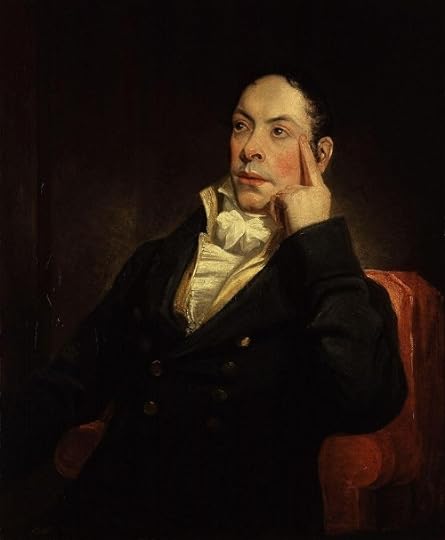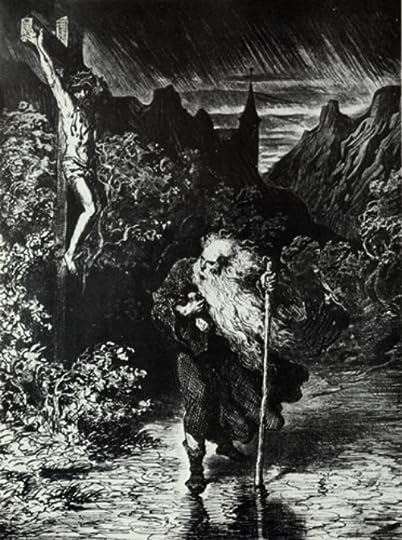What do you think?
Rate this book


504 pages, Hardcover
First published January 1, 1796

”His Brother Monks, regarding him as a Superior Being...They were persuaded, that what He did must be right...His monastic seclusion had till now been in his favour, since it gave him no room for discovering his bad qualities. The superiority of his talents raised him too far above his Companions to permit his being jealous of them: His exemplary piety, persuasive eloquence, and pleasing manners had secured him universal Esteem, and consequently He had no injuries to revenge: His Ambition was justified by his acknowledged merit, and his pride considered as no more than proper confidence. He never saw, much less conversed with the other sex; He was ignorant of the pleasures in Woman’s power to bestow.





















